Roughly a year ago. I found an interesting project on Indiegogo. Typically those that know me. Know I'm not a fan of Crowd-funding. While it's a very powerful tool. One I've tried to use myself. It's also can be very questionable if a project will deliver, or, if you are out the money you invested.
Regardless, i took the chance. I invested in a campaign for the Pi-Top. This was (without shipping) a $300 investment. It contained a monitor, battery, case, pi-top hub, and, raspberry pi 2.
After many months, and, many updates from the Pi-Top team. That started to feel like taunting My little green dream machine finally showed up on my doorstep!
Unboxing
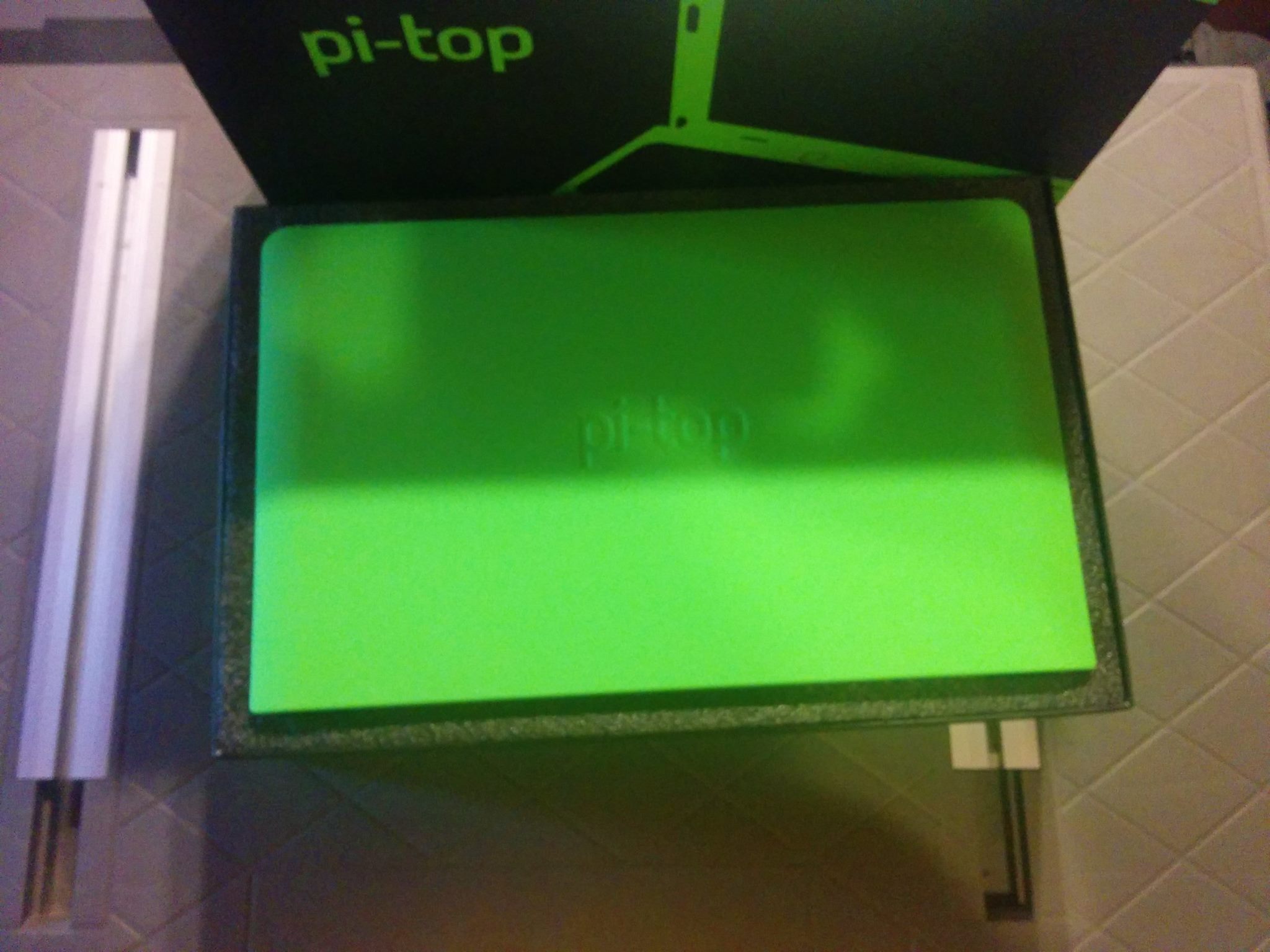

The Dream
Dream machine? Yes! I like many others. Have always had a dream of a truly modular portable system. One who's modules i could control, swapping out depending on conditions at that time.
When the Raspberry PI was introduced. It made me, first, start to believe that the dream I've wanted since i was a child could now be a reality. While the requirements have changed from child me, to, adult me. The dream was still defiantly intact.
If i needed cellular services. I should be able to tether, text, or make calls right from the laptop. While using the correct simcard for the location I'm in.
Most people have 2 phones by now. One for work, and, one for personal use. I just want my work phone built into my modular laptop.
If i need to modify the firmware for something over TTL, or, UART when working with IoT. It should be easy, and, direct. Any system can obviously do this over USB. So should this, however, SPI, and, I2C should also be reachable for debugging purposes. Finally, the voltage it communicates at should be switchable from at lest 3.3v, to, 5v.
Lastly, if i need to preform a software, physical network, radio, or, wireless audit. I should have the tools, and, hardware available to me. Maybe not all at once. But in a modular fashion to meet the current conditions.
With the extra room in the Pi-Top, the added 4 ports to the Raspberry PI 2 (now 3), and, roughly 3 weeks of research, and, testing. I had designed all of the modifications i needed to meet every goal i listed above with my pi-top.
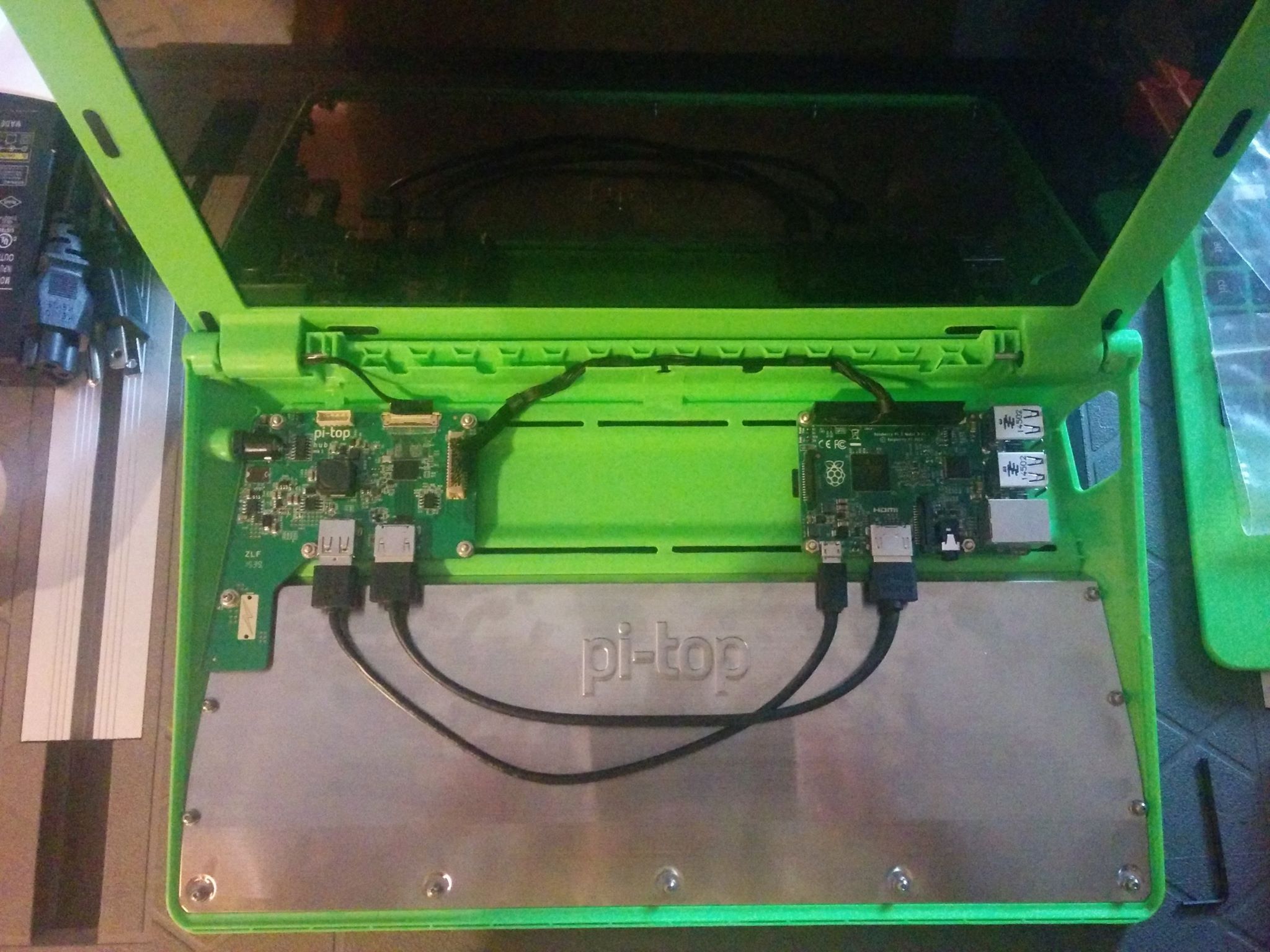
My primary job (9-5+) is as a lead developer, lead security engineer, and, cloud systems engineer for a large printing company in the United States. Depending on conditions at the time. I don't always have free time for personal work, and, naturally gaming :). However, over roughly the last year. I've slowly been able to build the design i was able to come up with!
The Build
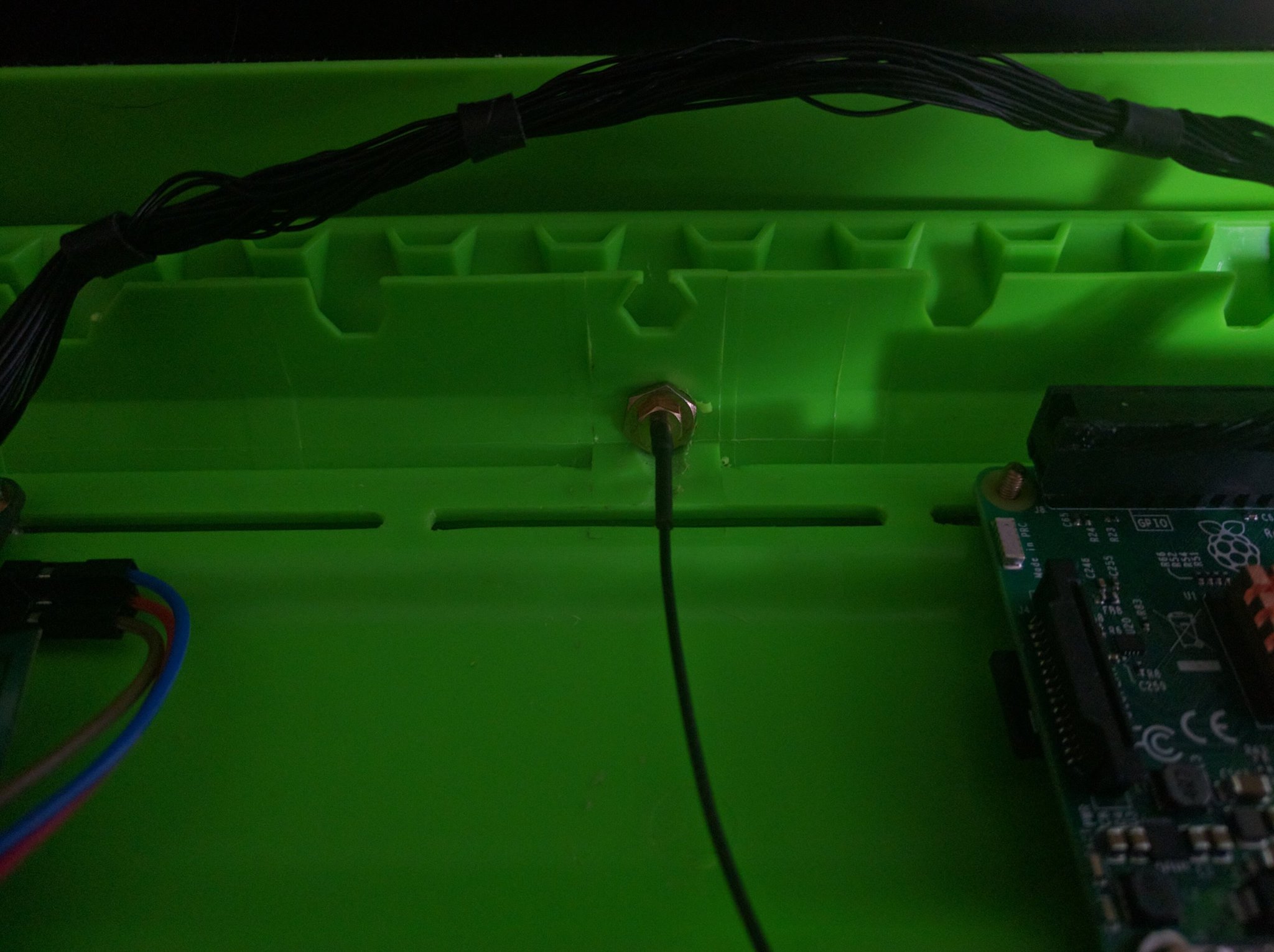


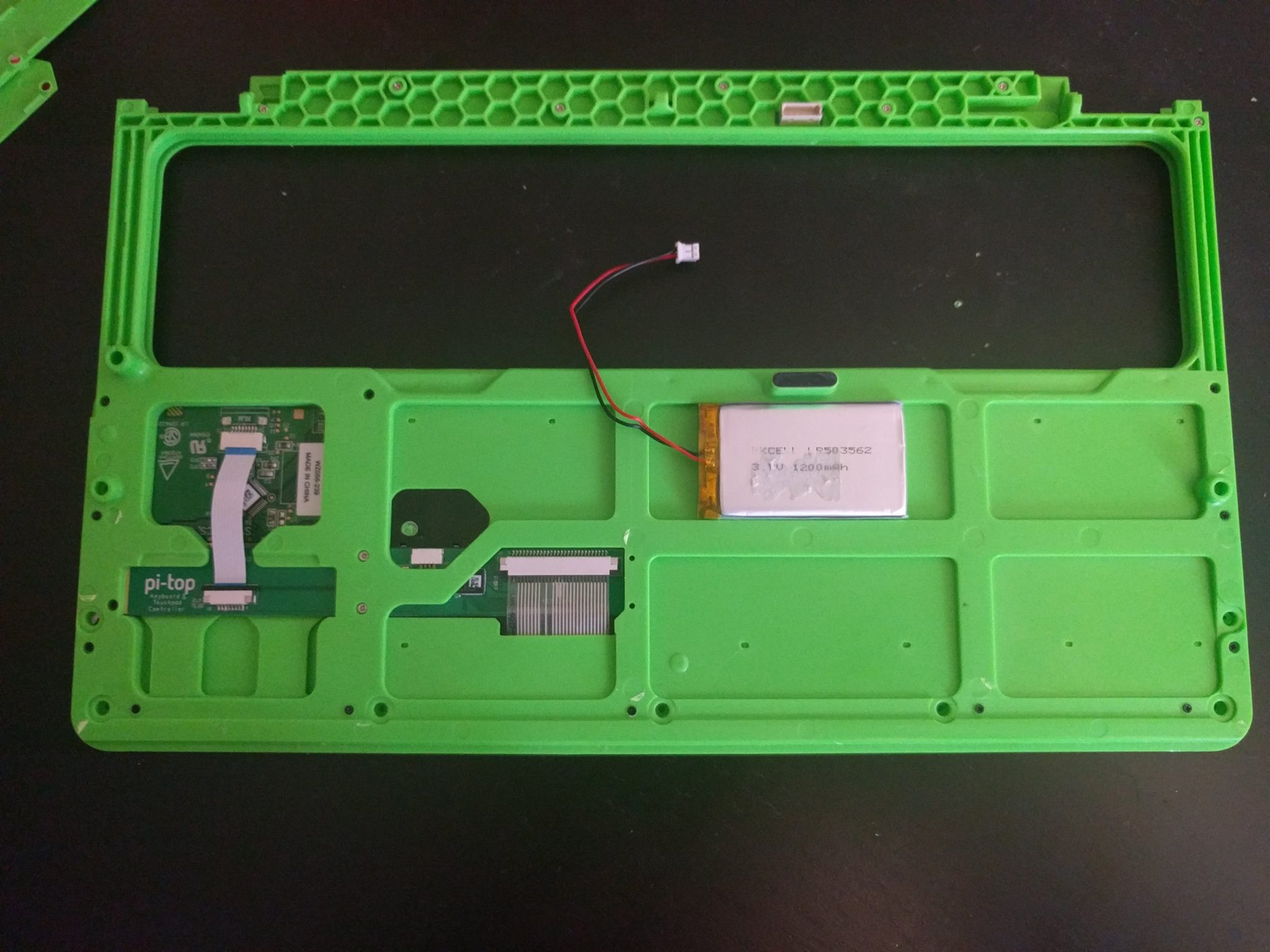
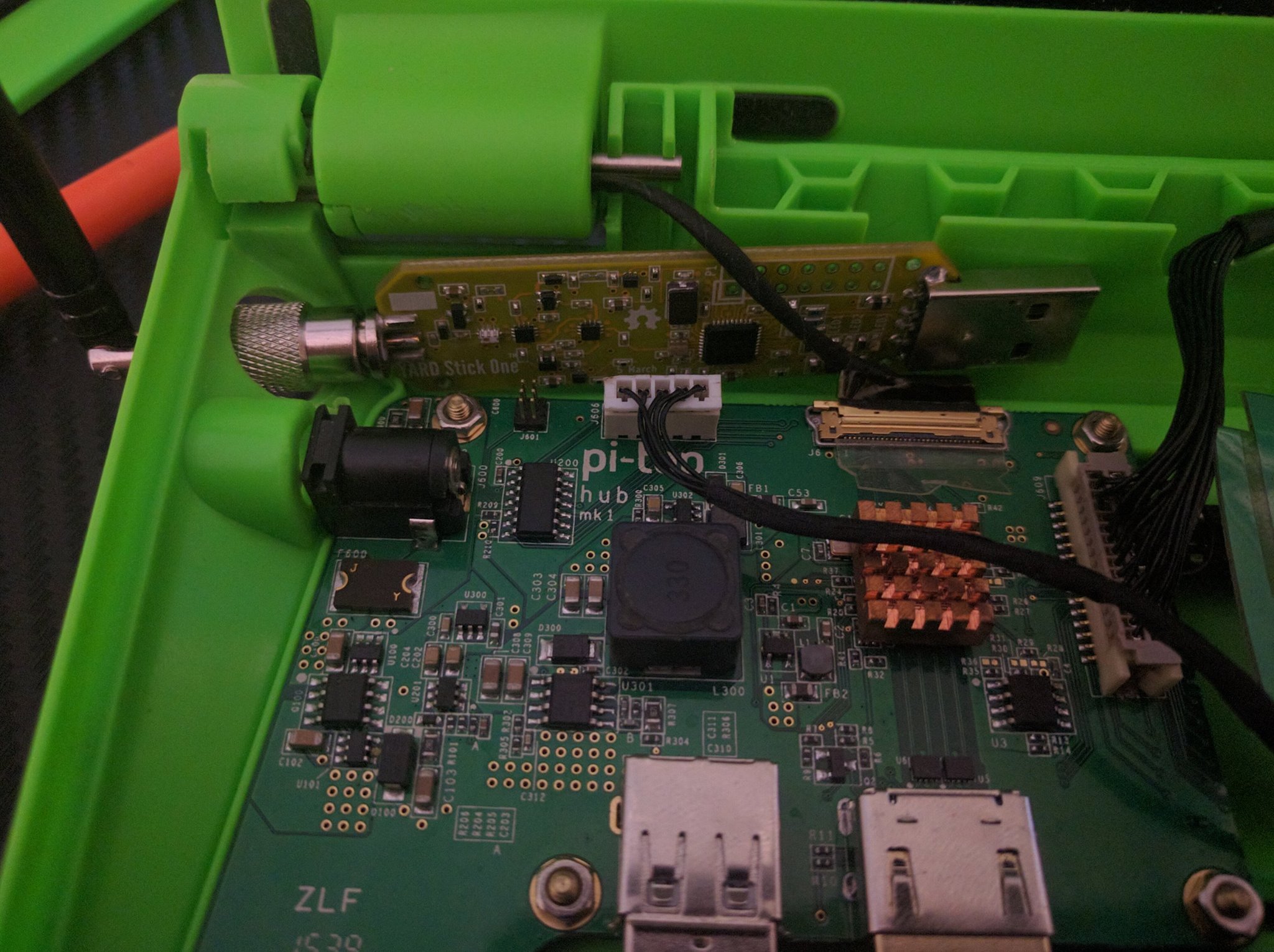
What's Left
I am not done! If, i will ever be done! My first design still has some missing items, and, some quality of life improvements.
I need to drill 5 holes near the pi-top hub on the left hand side 4 for voltage, ground, tx, and, rx female connectors. Then 1 for a toggle switch to change output voltage from 3.3v, to, 5v.
I need to drill 2 holes on the right hand side just after the ethernet adapter. 1 for audio & mic from the FONA 3g. 1 for audio output from the Raspberry PI 3. Matching audio extensions cables will be needed to reach the holes.
3d print a holder for the back of the monitor that can hold the active GPS antenna upright, and, hold the cable for quick access. Right now it's just twist-tied until longer length is needed.
Write text, and, phone software to use the FONA's AT codes. Right now just entering the AT codes into serial by hand via screen.
So Far
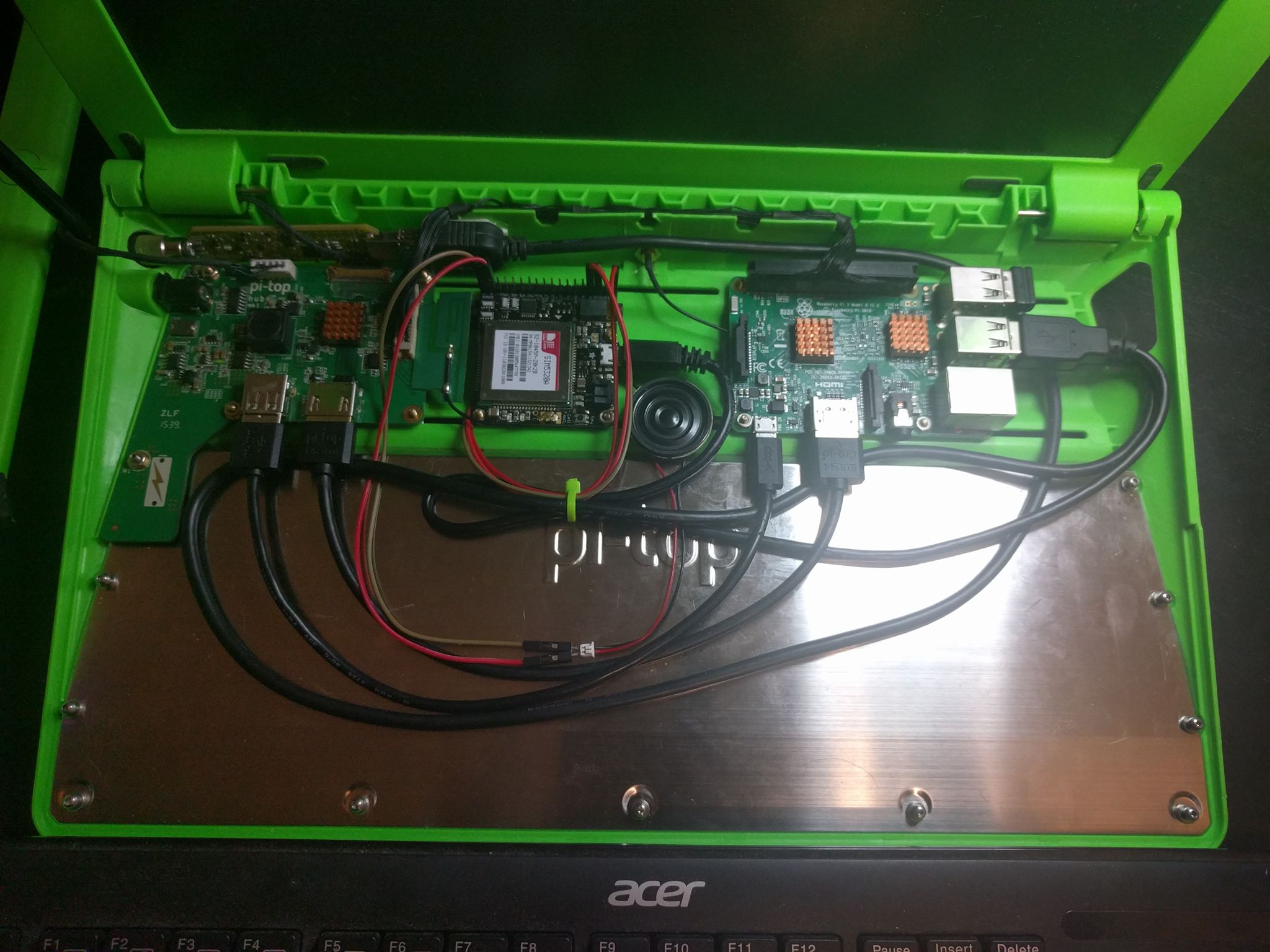

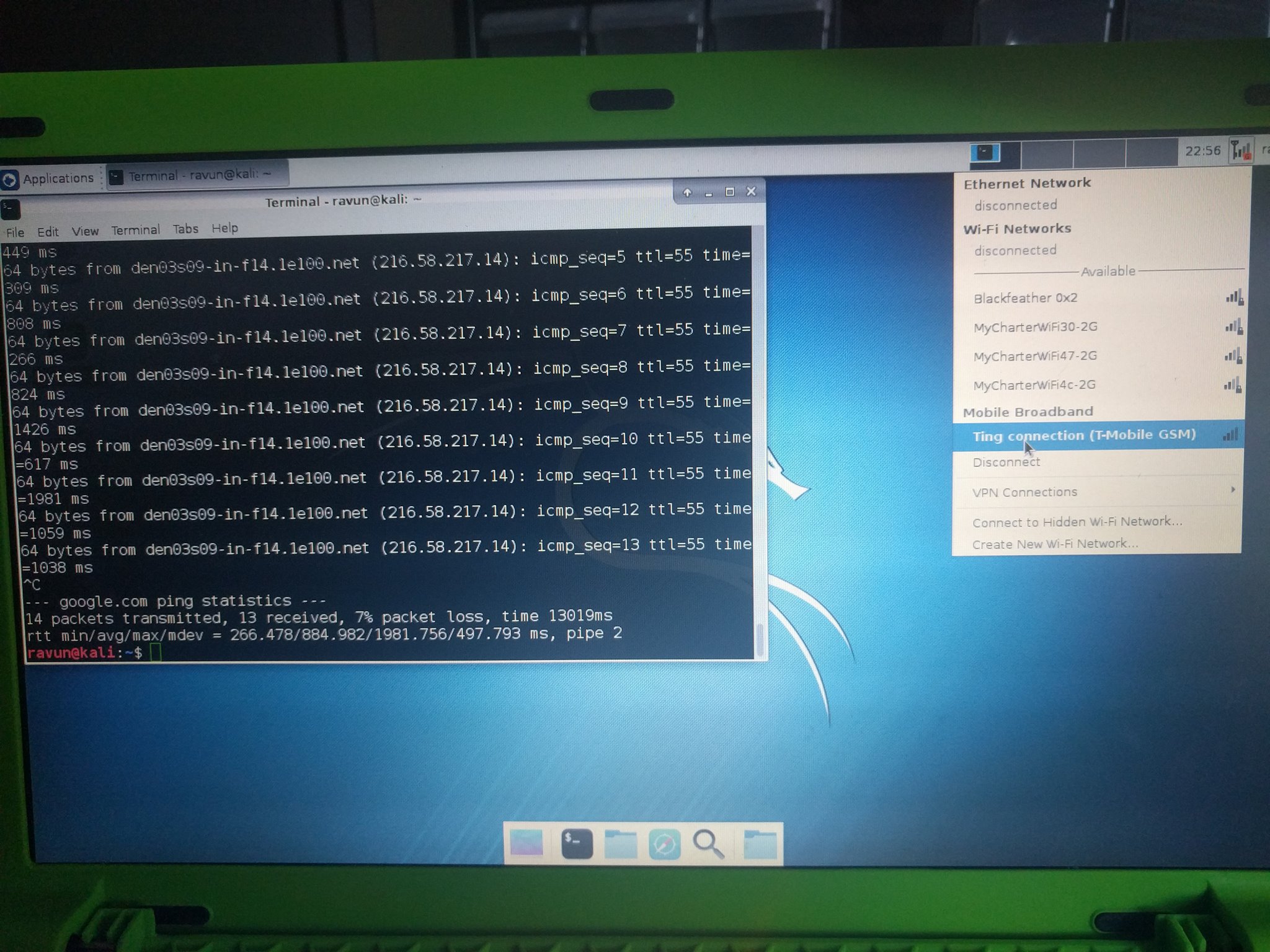
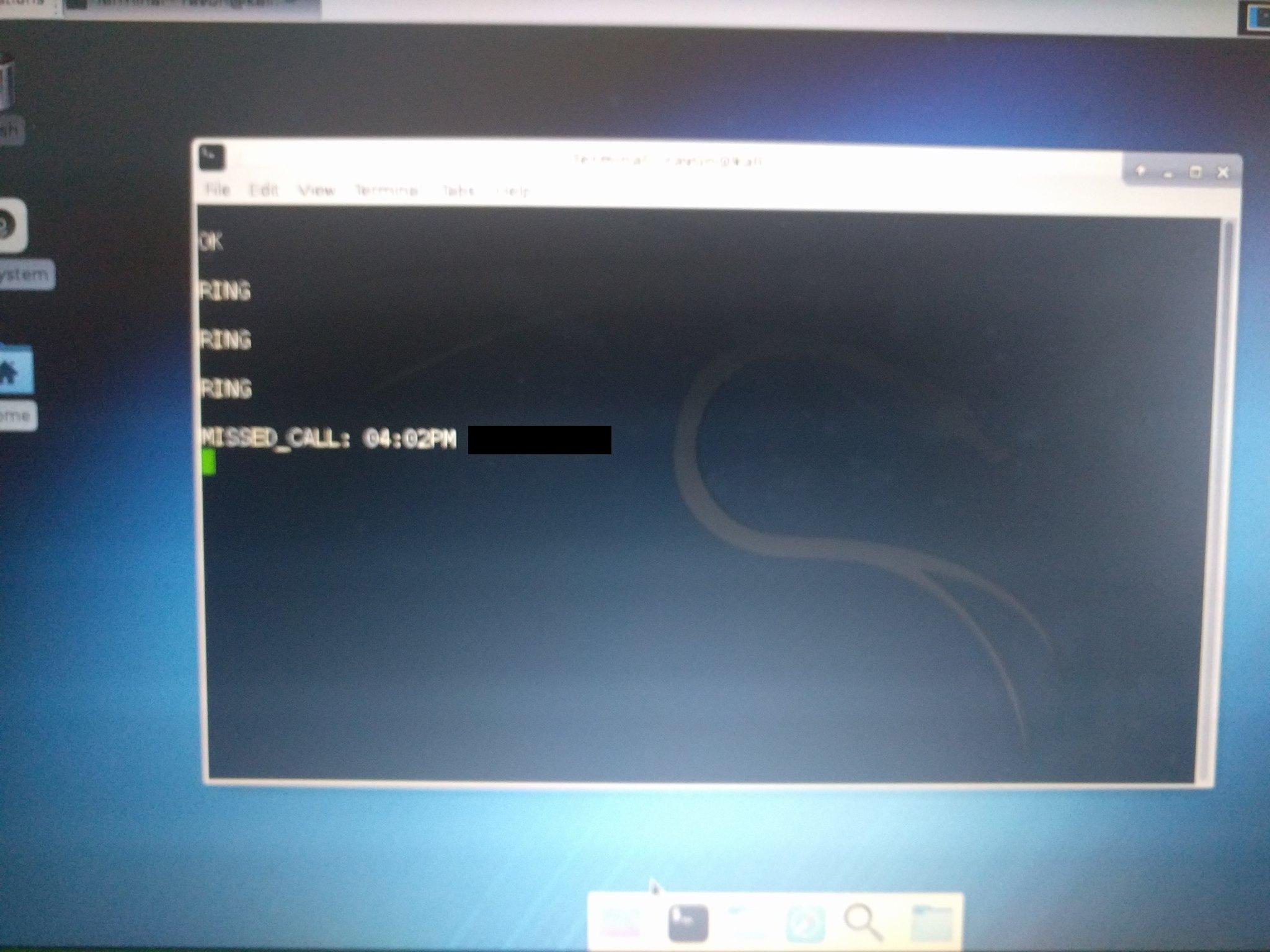
Special Thanks
I would like to extend a special thanks to the Pi-Top Team, Raspberry PI Team, Adafruit Team, and, the various makers of the radio, and, wireless hardware i use. Thanks to all of you the dream of an old bitter bird is now becoming a reality! <3
Hardware
- Pi-Top Case
- Pi-Top Hub
- Pi-Top Keyboard & Mouse
- Pi-Top Monitor
- Pi-Top Battery
- Adafruit 3.7v Battery
- Raspberry PI 3
- Adafruit FONA 3g (American)
- 24+ dBm Active GPS Antenna
- GSM Sticker Antenna
- Yardstick One
- TP-Link TL-WN722N
- 32GB Class 10 Micro SD
- Kali Linux (Rolling)
This post was written on the Pi-Top featured here
